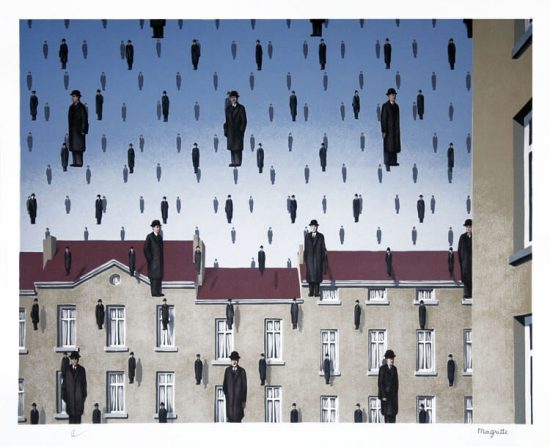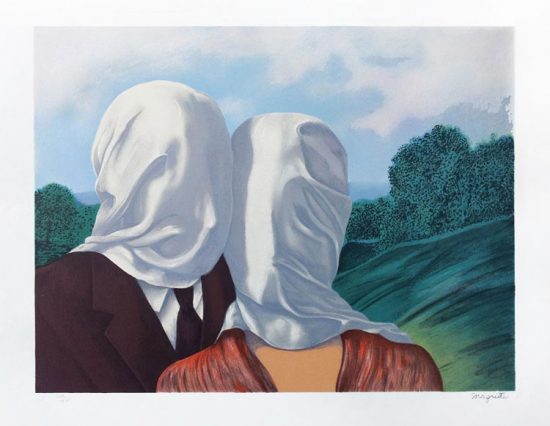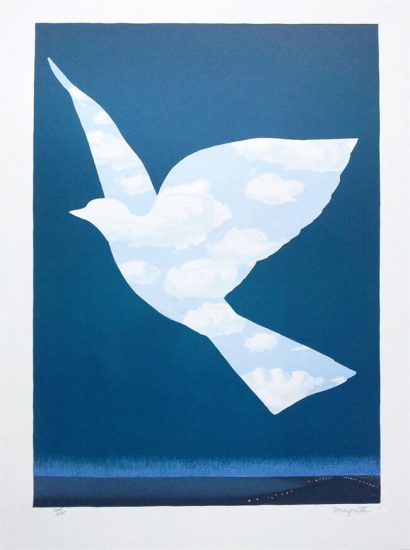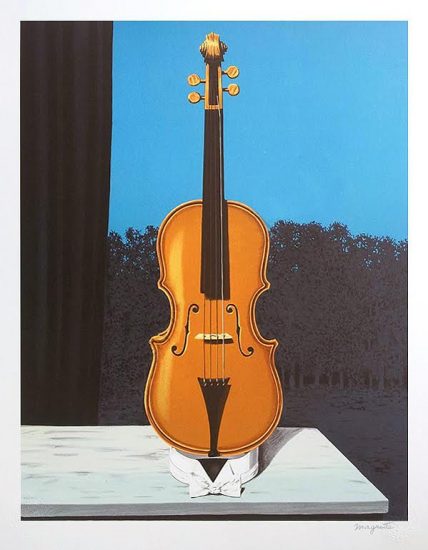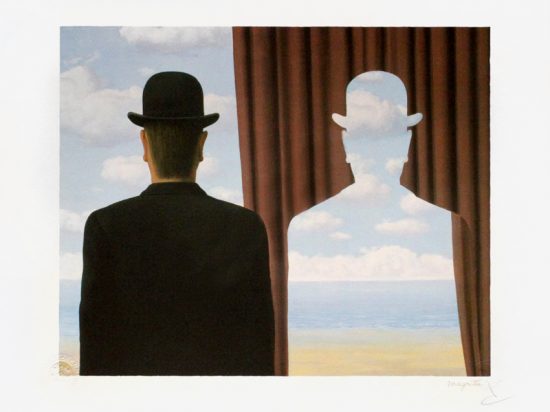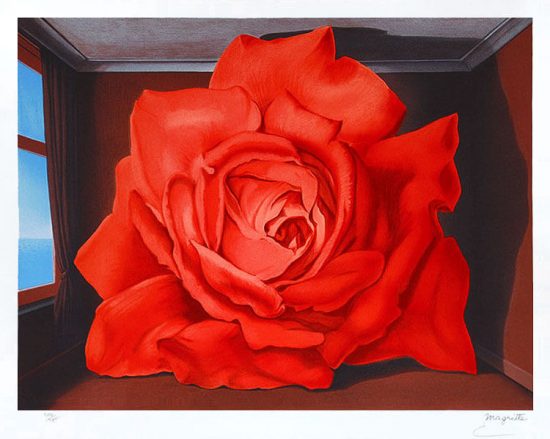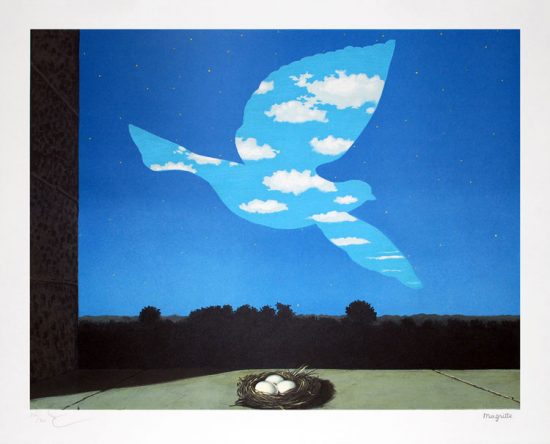A man of deception and form, René Magritte excelled at depicting his subconscious. His art is witty, thought provoking, and risqué but perhaps most are not aware of his time spent away from Surrealism for which he is most well-known. Magritte described his own works as "visible images which conceal nothing; they evoke mystery and, indeed, when one sees one of my pictures, one asks oneself this simple question, 'What does that mean?'. It does not mean anything, because mystery means nothing either, it is unknowable."
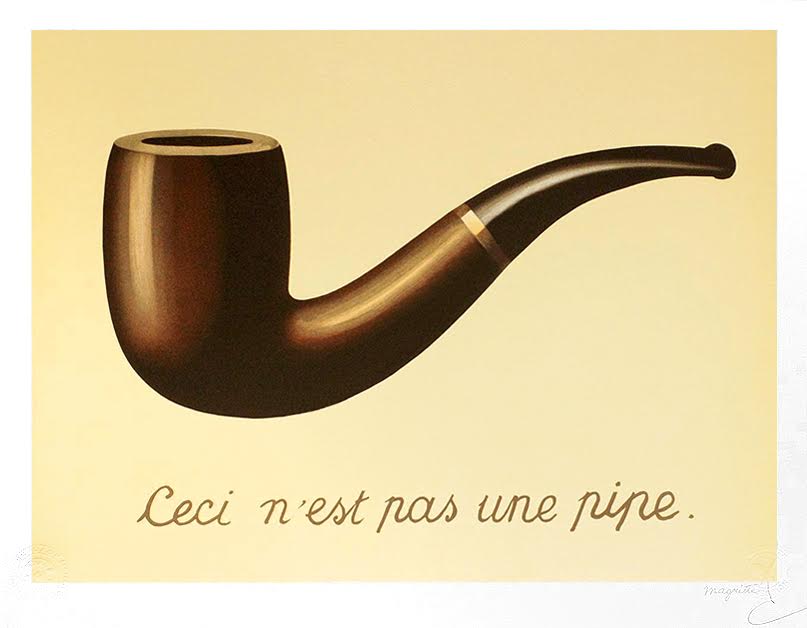
Magritte himself was a mystery. Trying to cope with the suicide of his mother his whole life, he turned to art as form of expression and Surrealism as the gateway to what he wished was reality and what really was. Having little commercial success as an artist, he worked in advertising which afforded him creative experiences that were brilliantly reflected in his art. After working for so many decades as a Surrealist, in 1943 his art would begin a journey that would take him through several artistic discoveries.
1943-44 began his “Renoir Period” in which his works were impressionist. This came about as a reaction to his feelings of alienation and abandonment that came with living in German-occupied Belgium. In 1946 he renounced the violence and pessimism of his earlier works by signing the Surrealism in Full Sunlight. Although his "sunlit" Renior styled paintings began in 1943, all of his work was not impressionist. At the start of 1947 Magritte was painting in both his realist style and his impressionist style. From 1947–48, the works in his "Vache Period" were provocative and a crude Fauve style. During this time, it is interesting to note that Magritte supported himself through the production of fake Picassos, Braques and Chiricos. Later he even expanded into the printing of forged banknotes during the lean postwar period proving that he had true range of artistic skills. At the end of 1948 however, having experimented enough, he returned to the style and themes of his pre-war surrealistic art.
In just a few short years Magritte had quite the artistic adventure, and returned to Surrealism because that was how he could best express his world and vision. In contrast to most Surrealists, Magritte is not abstract or dreamlike; he constantly presents you with an illusion wrapped in reality, or is it reality wrapped in an illusion?
There is something for everybody in Magritte’s works which is why they have transcended time. As MoMA's current "Magritte: The Mystery of the Ordinary, 1926–1938" exhibition and Masterworks own at Inn Kensington shows, the mind of a master such as Magritte is never at rest.
"The mind loves the unknown. It loves images whose meaning is unknown, since the meaning of the mind itself is unknown."


